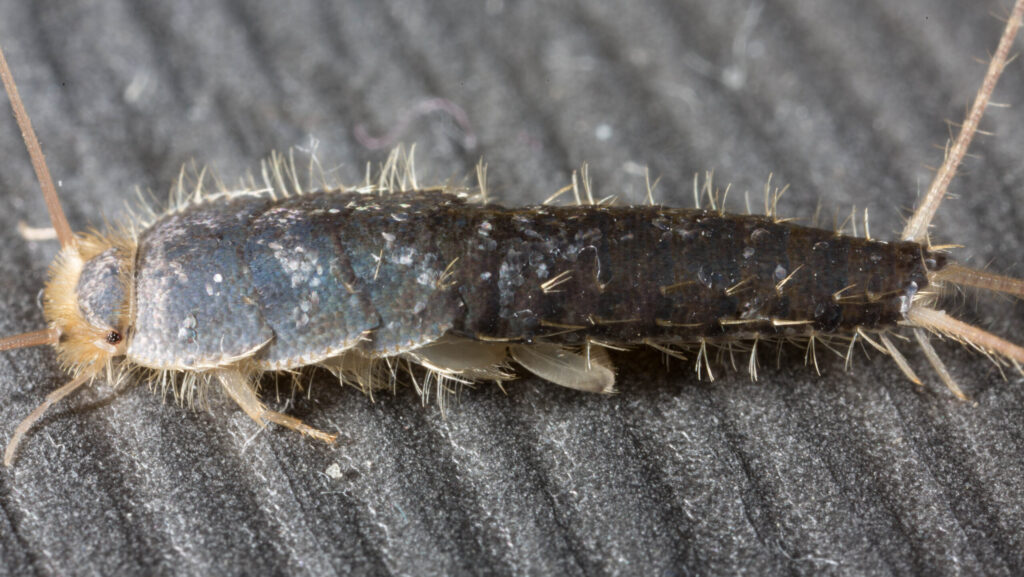Picture this: while most of us grew up marveling at the magical transformation of caterpillars into butterflies, there’s a whole world of insects that never experienced this dramatic makeover. These creatures emerge from their eggs already looking like miniature versions of their adult selves, ready to take on the world without ever spinning a cocoon or shedding their skin in dramatic fashion. It’s like being born wearing a perfectly fitted suit that grows with you – no awkward teenage phases required.
The Evolutionary Strategy Behind Ametabolism
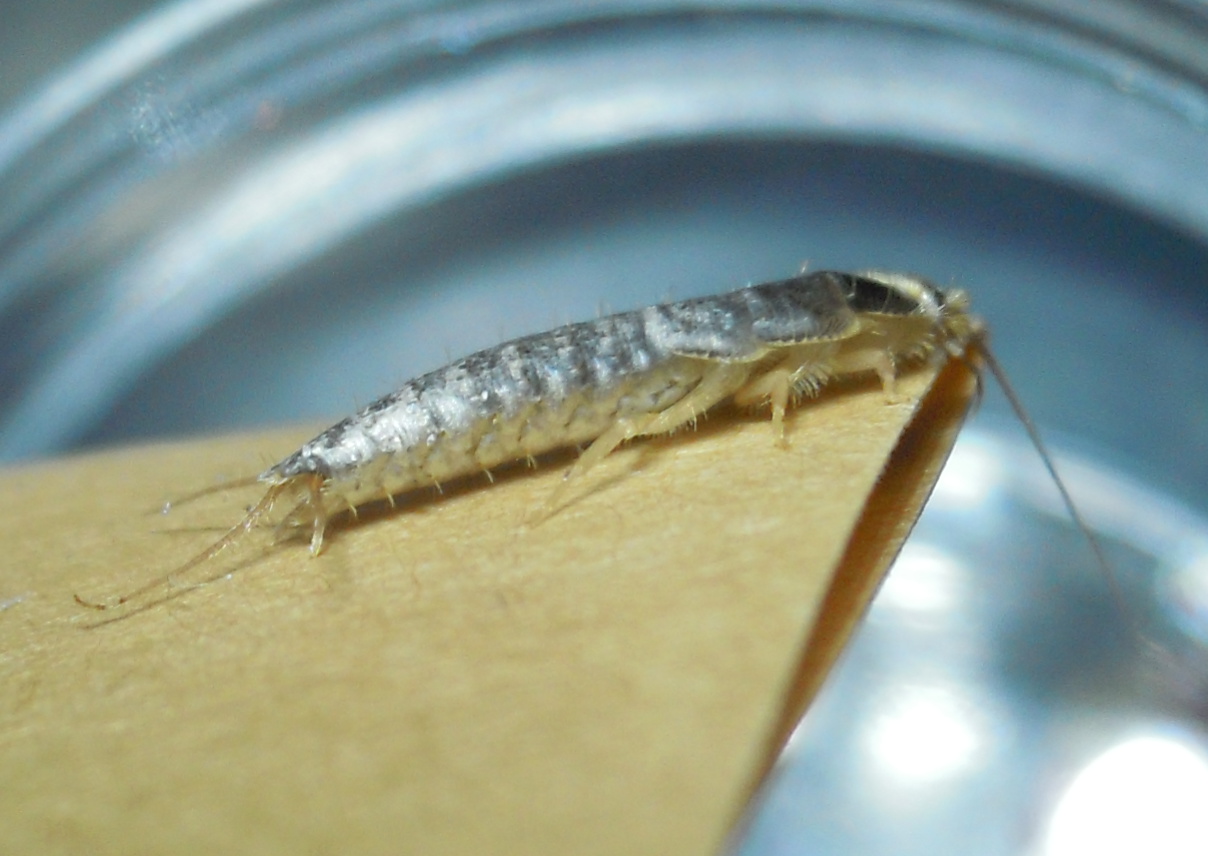
Some insects chose a completely different path millions of years ago, opting for what scientists call ametabolism – literally meaning “no change.” This isn’t laziness or evolutionary shortcuts; it’s actually a brilliant survival strategy that’s been working for over 400 million years. These insects figured out that sometimes the most efficient way to survive is to perfect one life stage rather than juggling multiple transformations.
Think of it like choosing to be a master craftsman who perfects one skill versus someone who constantly changes careers. Ametabolous insects put all their evolutionary energy into creating the perfect juvenile form that can handle everything from feeding to reproduction.
Meet the Primitive Pioneers

The most famous examples of ametabolous insects belong to some of the most ancient insect groups on Earth. Silverfish, those silvery creatures that occasionally dart across your bathroom floor, are living fossils that have maintained this strategy for hundreds of millions of years. They emerge from their eggs looking exactly like tiny adults, complete with their characteristic three-pronged tails and metallic sheen.
Springtails, those tiny jumping insects you might find in your garden soil, are another perfect example. These microscopic marvels can leap distances equivalent to a human jumping over a 10-story building, and they’ve been doing it the same way since before dinosaurs walked the Earth. Their success lies in their simplicity – no complex life stages to coordinate, just pure efficiency from day one.
The Wingless Wonder Strategy

Most ametabolous insects share one crucial characteristic: they’re wingless. This isn’t a limitation – it’s a feature. By never developing wings, these insects avoid the complex developmental processes that come with metamorphosis. Wings require massive cellular reorganization, complete body restructuring, and enormous energy investment.
Instead of spending energy on growing wings, these insects channel their resources into other survival skills. They become masters of hiding, incredibly efficient reproducers, or develop other specialized abilities that don’t require the dramatic body changes that winged insects undergo.
Energy Economics in the Insect World
Metamorphosis is expensive – metabolically speaking. The energy required to completely dissolve and rebuild body parts during transformation is staggering. Some caterpillars literally digest themselves from the inside out, maintaining only small clusters of cells that will become their adult organs. Ametabolous insects figured out how to bypass this energy-intensive process entirely.
This energy-saving approach allows them to dedicate more resources to immediate survival needs like finding food, avoiding predators, and reproducing. It’s like choosing to renovate your house room by room while living in it, rather than tearing it down and building from scratch.
The Molting Mastery

Just because these insects skip metamorphosis doesn’t mean they never change. They still molt – shedding their external skeleton as they grow – but each molt reveals a slightly larger version of the same basic body plan. It’s like watching a time-lapse video of someone growing up, where the person gets bigger but maintains the same essential appearance.
This controlled growth allows for gradual adaptation to changing environmental conditions. Young silverfish can squeeze into impossibly tight spaces, while adults of the same species can handle larger prey or longer distances between food sources.
Reproductive Readiness from Day One

One of the most remarkable aspects of ametabolous development is that these insects can often reproduce almost immediately after reaching adult size. There’s no waiting period for wings to harden, no complex hormonal changes to coordinate reproductive organs, and no dramatic restructuring of digestive systems.
This reproductive efficiency means populations can explode rapidly when conditions are favorable. While a butterfly might take weeks to complete its transformation and then need additional time to mature sexually, a silverfish can start contributing to the next generation within days of its final molt.
Environmental Advantages of Simplified Development
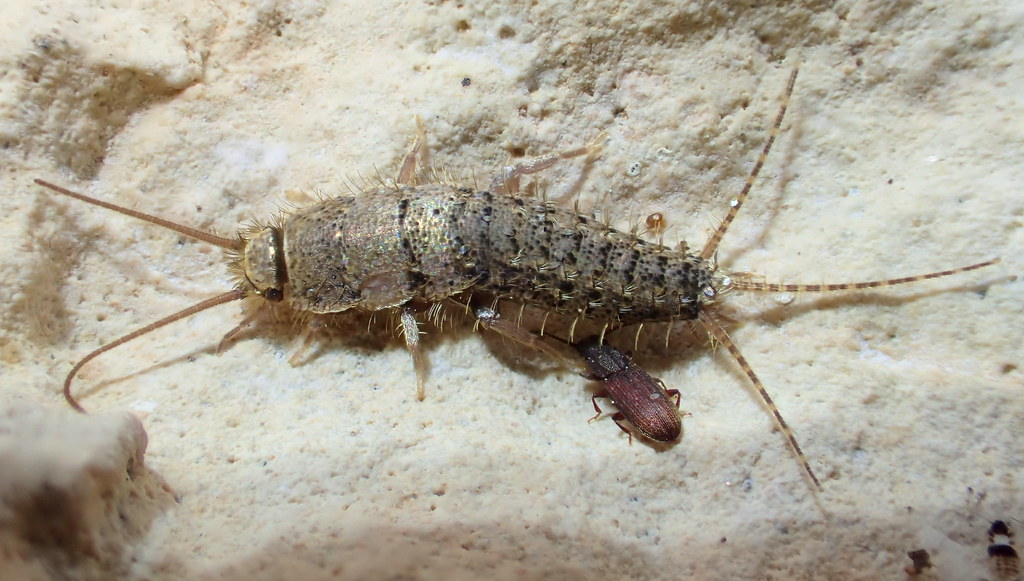
Ametabolous insects have mastered the art of consistent environmental adaptation. Since they don’t undergo complete metamorphosis, they can continuously adjust to changing conditions throughout their lives. A developing butterfly caterpillar is committed to its transformation schedule regardless of environmental changes, but a growing silverfish can slow down, speed up, or even pause its development based on food availability and environmental conditions.
This flexibility has allowed these insects to colonize some of the most challenging environments on Earth. From arctic tundra to desert caves, ametabolous insects have found ways to thrive where more complex life cycles would fail.
The Ancient Advantage

These insects represent some of the earliest successful insect designs, and their persistence suggests that simple can be superior. While more recent insect groups developed increasingly complex life cycles, these ancient lineages stuck with what worked. They’re like the classic car designs that never went out of style – sometimes the original is the best.
Their evolutionary age gives them another advantage: they’ve had more time to perfect their single life stage than newer insects have had to coordinate multiple stages. This ancient wisdom shows in their remarkable efficiency and adaptability.
Habitat Specialists and Generalists
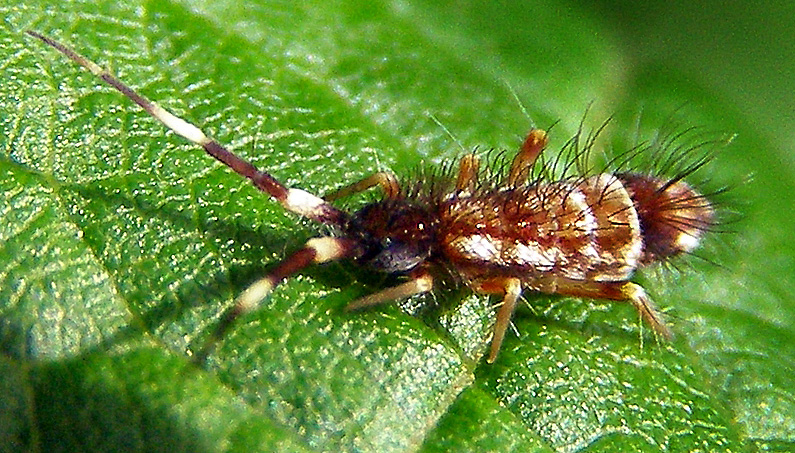
Ametabolous insects have evolved to fill incredibly specific ecological niches. Some species of springtails are so specialized that they live exclusively in the thin layer of moisture on cave walls, while others are generalists that can survive in everything from forest floors to urban environments. This specialization is possible because they don’t need to coordinate different habitat requirements for different life stages.
Their ability to specialize has led to incredible diversity within these groups. There are springtails that live in snow, others that thrive in desert soil, and some that have adapted to life in ant colonies as permanent guests.
The Microscopic Majority

Most ametabolous insects are tiny, and this size advantage plays a crucial role in their survival strategy. Small size means lower energy requirements, ability to exploit micro-habitats that larger insects can’t access, and faster reproductive cycles. A single rotting log might contain thousands of different springtail species, each occupying a slightly different micro-niche.
This microscopic world is incredibly diverse and largely invisible to human observation. Recent studies suggest that ametabolous insects might be among the most numerous animals on Earth, with billions of individuals living in every handful of soil.
Chemical Communication Masters

Without the ability to fly and locate mates over long distances, ametabolous insects have become masters of chemical communication. They produce incredibly specific pheromones that can attract mates, mark territories, or signal danger to their communities. Some species have developed chemical languages so sophisticated that they can communicate complex information about food sources, predators, and environmental conditions.
This chemical mastery has allowed them to maintain social structures and coordination without the visual or auditory signals that many other insects rely on. It’s like having a secret chemical internet that operates entirely through scent and taste.
Survival in Extreme Conditions
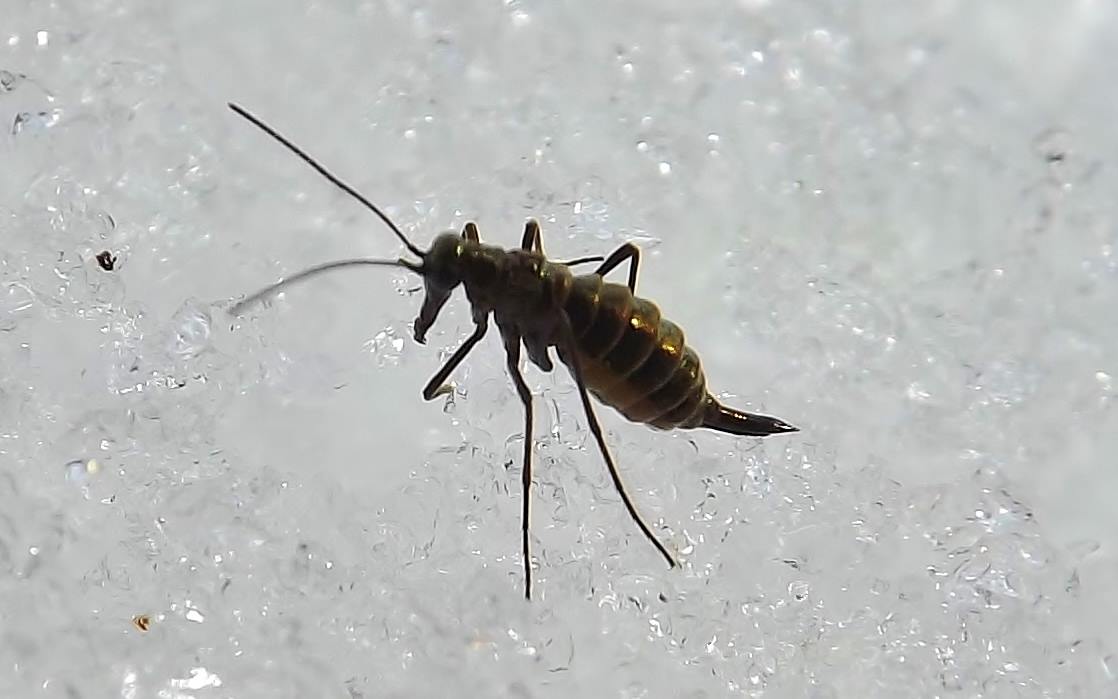
The simplified body plan of ametabolous insects makes them incredibly resilient to environmental extremes. Some springtails can survive being frozen solid, while certain silverfish species can go months without food. Their lack of complex organ systems means fewer things can go wrong when conditions get tough.
This resilience has made them successful colonizers of extreme environments. They’re often among the first insects to establish populations in newly available habitats, from volcanic islands to disturbed urban areas.
Modern Ecological Roles
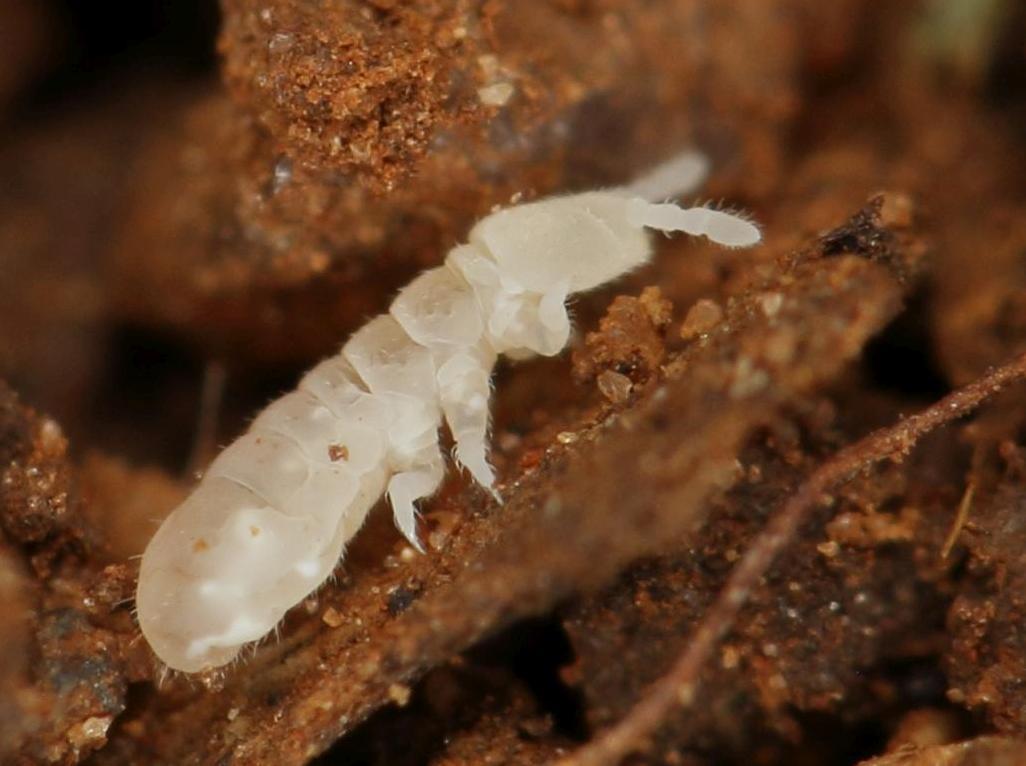
Despite their ancient origins, ametabolous insects play crucial roles in modern ecosystems. Springtails are essential decomposers, breaking down organic matter and cycling nutrients through soil systems. Silverfish, while sometimes considered pests, are important predators of other small arthropods and help control populations of truly problematic species.
Their ecological importance often goes unrecognized because of their small size and secretive nature. However, many ecosystems would collapse without their constant work of decomposition and nutrient cycling.
Future Evolutionary Possibilities

The success of ametabolous insects raises intriguing questions about the future of insect evolution. As climate change and environmental pressures increase, will the flexibility and efficiency of simple life cycles become more advantageous? Some scientists speculate that we might see evolutionary pressure favoring simpler developmental strategies in certain environments.
These ancient insects have already proven that sometimes the old ways are the best ways. Their continued success in our rapidly changing world suggests that evolutionary simplicity might be the ultimate sophistication.
The next time you glimpse a silverfish darting across your floor or notice tiny springtails jumping in your garden, remember that you’re looking at some of evolution’s most successful minimalists. These creatures have mastered the art of being perfectly themselves from birth to death, never needing the dramatic transformation that we associate with insect life. In a world obsessed with change and transformation, they’ve proven that staying true to your original design can be the greatest evolutionary triumph of all. What other lessons might these ancient survivors teach us about the power of consistency over complexity?

